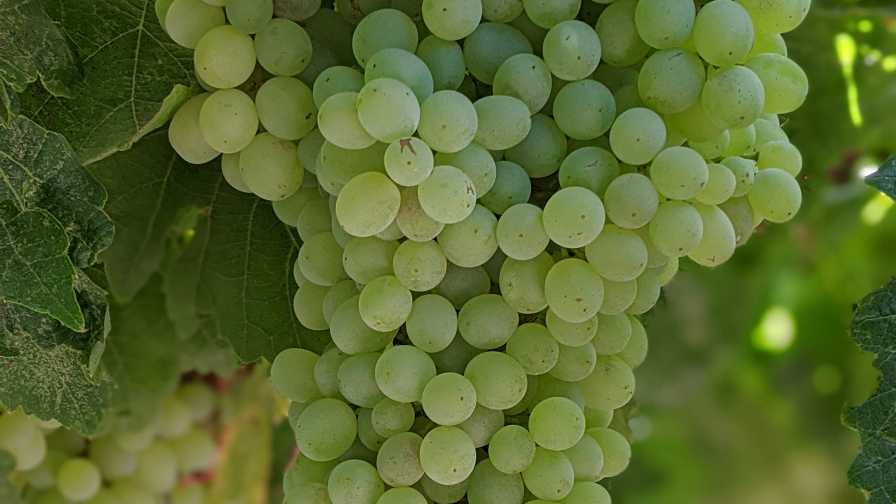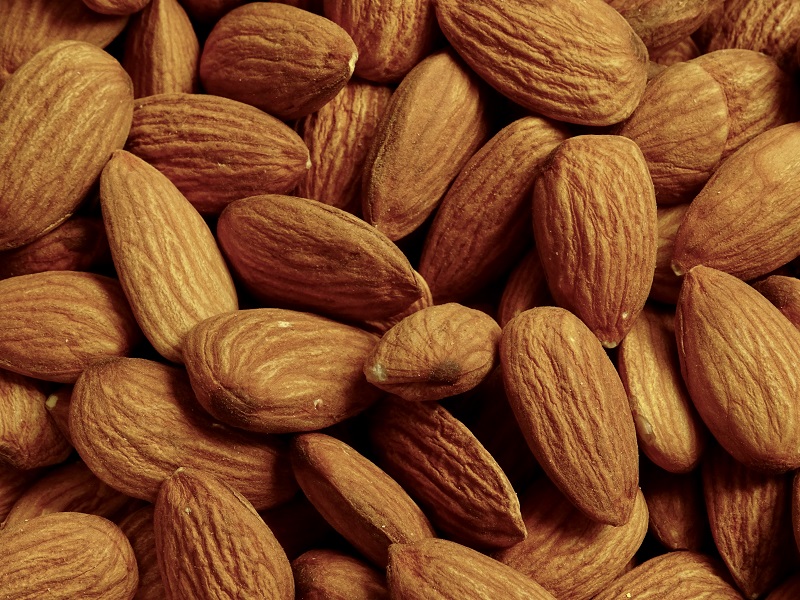What’s up the With Fruit Set Issues in California Grapes?

Check your nutrients. Lack of some for grapes and an overabundance of others can lead to poor fruit set and promote sets of shot berries.
Photo by Matthew Fidelibus
This year, I have received several calls from raisin, table, and wine grape growers with various concerns about yield components, including the number of clusters per vine, the number of berries per cluster, and average berry size.
These variables are the key components of grape yield and, to varying degrees based on the commodity (either raisin, table, or wine), are also important quality attributes. Many factors may interact to affect the yield components of grapes, including variety, pruning practices, plant growth regulators, mineral nutrition, and weather in both the current crop year and even in the previous season.
The Process Begins
In spring, embryonic clusters of grapes are initiated on preformed shoots within compound buds in the leaf axils of new shoots. In general, the initiation of clusters begins on a bud near the base of shoot, the precise location depending, in part, on the variety and the weather.
As the season progresses, cluster initiation will continue progressively in buds toward the shoot tip. Extreme weather during the initiation period, too hot or too cold, suppresses cluster initiation, whereas warm, sunny weather and adequate water and nutrition will help optimize cluster initiation. Moderate temperatures and good sun exposure promote photosynthesis, which helps to ensure the buds have enough resources to commit to making clusters.
Gibberellic acid (GA), a plant growth regulator commonly used by table grape growers to thin and size clusters, can negatively affect the cluster initiation process if applied at too high a rate or at the wrong time. Excessive shading, due to poor canopy management, or excess irrigation or fertilization, can also inhibit cluster initiation.
Pruning For Crop Load
Regardless, by veraison the potential number of clusters a vine might bear the following season has already been determined, and bud dissections before pruning can therefore provide insight as to the level of pruning that may be needed to retain the desired crop load.
Some growers have reported a range of fruit set issues this year, from excessive shatter (poor set) to excessive set. Reports of poor set came from certain wine and table grape growers.
In the case of the wine growers, poor set could be due to weather conditions during bloom, mineral nutrition, or both. Optimal weather for fruit set is similar to that which promotes cluster initiation. Warm, sunny, dry weather is ideal. Extreme weather, either too hot, or too cold, or raining, suppresses set. Rainy spring weather also can promote the development of botrytis shoot blight, which can directly destroy clusters in the spring and lead to latent infections that may cause additional crop loses near harvest.
Nutrients Matter
Certain macro- and micronutrients also affect fruit set, notably nitrogen (N), boron (B), and zinc (Zn). Excess N can reduce fruit set and also promote early bunchstem necrosis, particularly during cool and cloudy weather or when the weather alternates between warm and cool, as it commonly has done in recent years.
Moderate B deficiency leads to an abundance of small “shot berries” and severe B deficiencies may drastically reduce set. Zinc deficiency results in a mix of berries of different sizes, some of which fail to mature. Cool weather may encourage Zn deficiency, whereas dry soils tend to promote B deficiency.
Excessive or ill-timed GA applications can also lead to poor fruit set and promote sets of shot berries.
Forchlorfenuron, commonly known as CPPU, is another type of plant growth regulator that can potentially improve fruit set, depending on the application timing and rate.
Growers with inadequate cluster counts, poor set, or variable berry size, should consider the points mentioned above, as they consider what practices they might need to address in order to improve future yield and quality.










